Quick Info:
Address:
C/ Puig i Cadafalch s/n
17130 Empúries-l’Escala
Hours:
Everyday 10:00-17:00/18:00/20:00
Admission: 5 Euro
As I mentioned in the post on the Greek section of Emporiae, the Museu d’Arqueologia de Catalunya Empuries is not very extensive. It is easily viewable in a half an hour or less, and that’s coming from someone that can spend 6 hours or more in some of the larger archaeological museums. The collection is small, but has some interesting pieces in it. The Museu d’Arqueologia de Catalunya Barcelona also has a fair number of finds from the site, including Punic material, which is not present at the on-site museum. The museum is located in the northern portion of the archaeological park, between the Greek and Roman sections of the settlement.
Overall a good museum. It’s not too big so as to overshadow the site or take up a huge amount of time, which can be important with a site that’s a bit of a trek from the nearest major city. At the same time, though, it showcases a few nice pieces and puts together an interesting snapshot at the type of finds coming from the site. If visiting in the summer, it offers a nice little break from the sun, as there’s not much shade present once one leaves the entrance area.
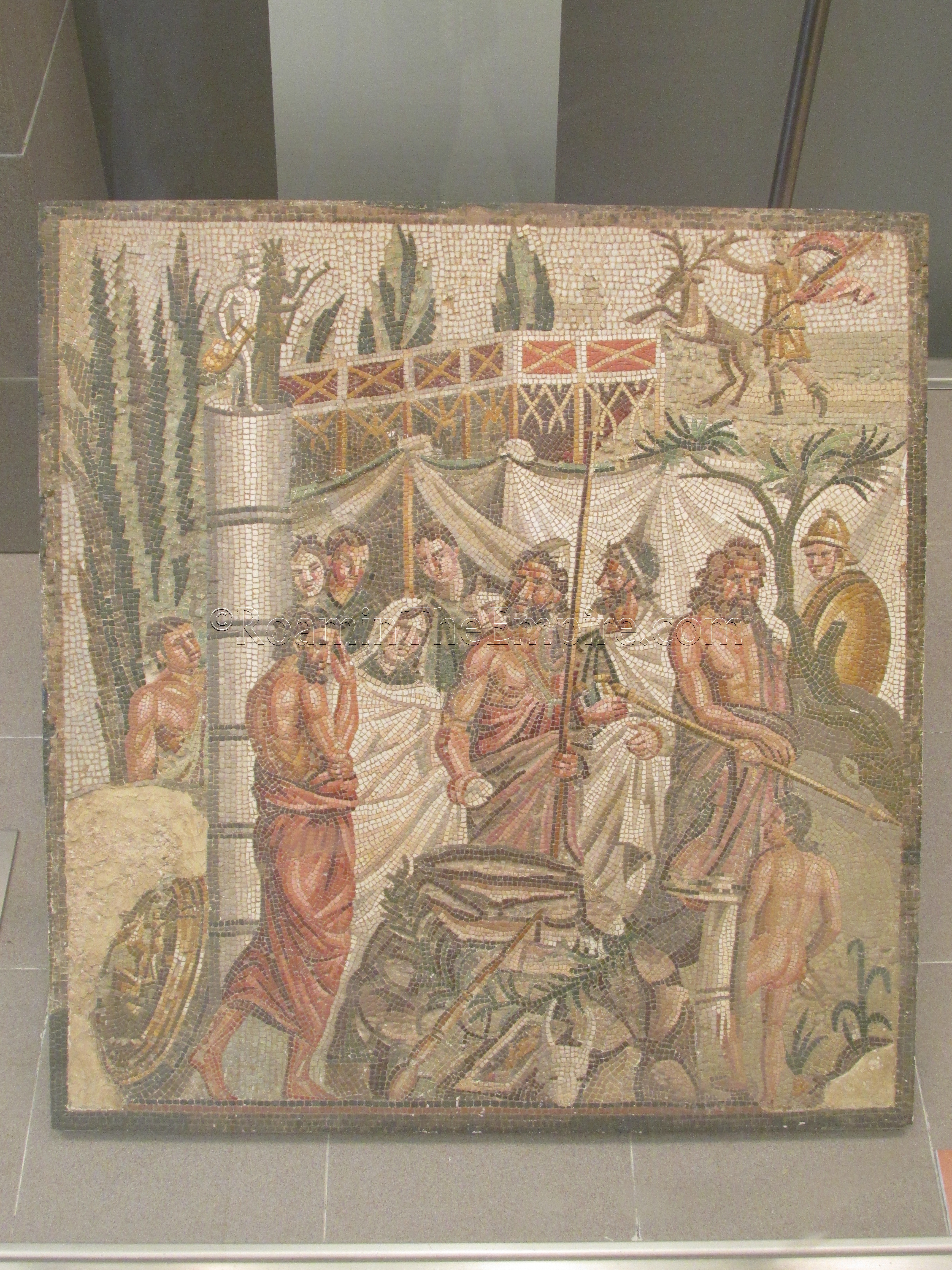
In my opinion, the aesthetic highlight of the Roman collection is the mosaic of the Sacrifice of Iphigenia in Aulis. Not the most important piece, but well persevered and nice to look at. The mosaic comes from what is likely the triclinium of a house that has yet to be excavated, and is dated to the 1st century BCE. It apparently mimics a 4th century BCE Greek painting of a depiction of the scene of sacrifice from Euripides’ tragedy Iphigenia in Aulis.
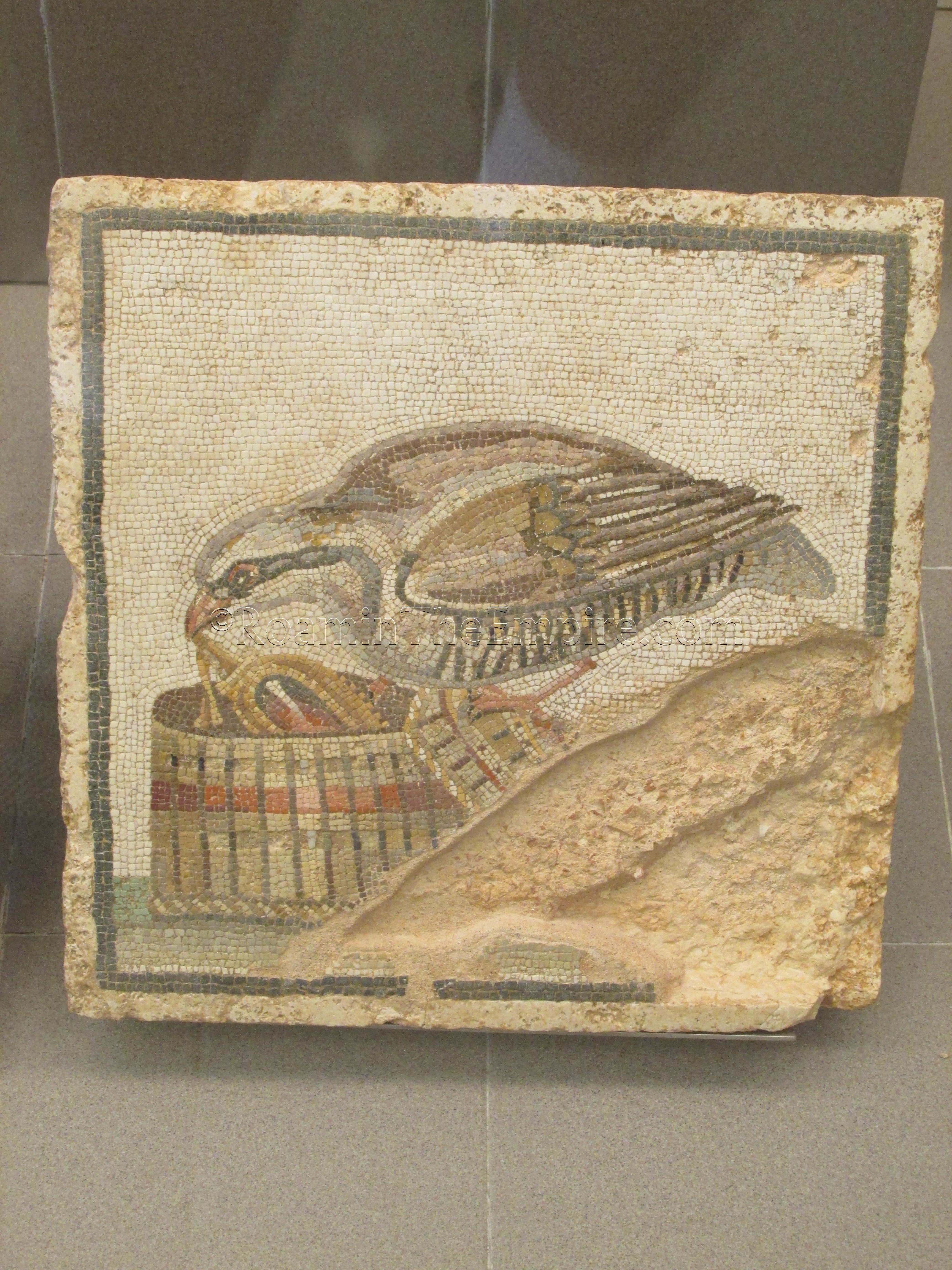
The museum contains two mosaic panels from Domus 1 depicting a theater mask and a partridge taking jewelry out of a box, as well as a fragment of wall painting, from Domus 1 as well.
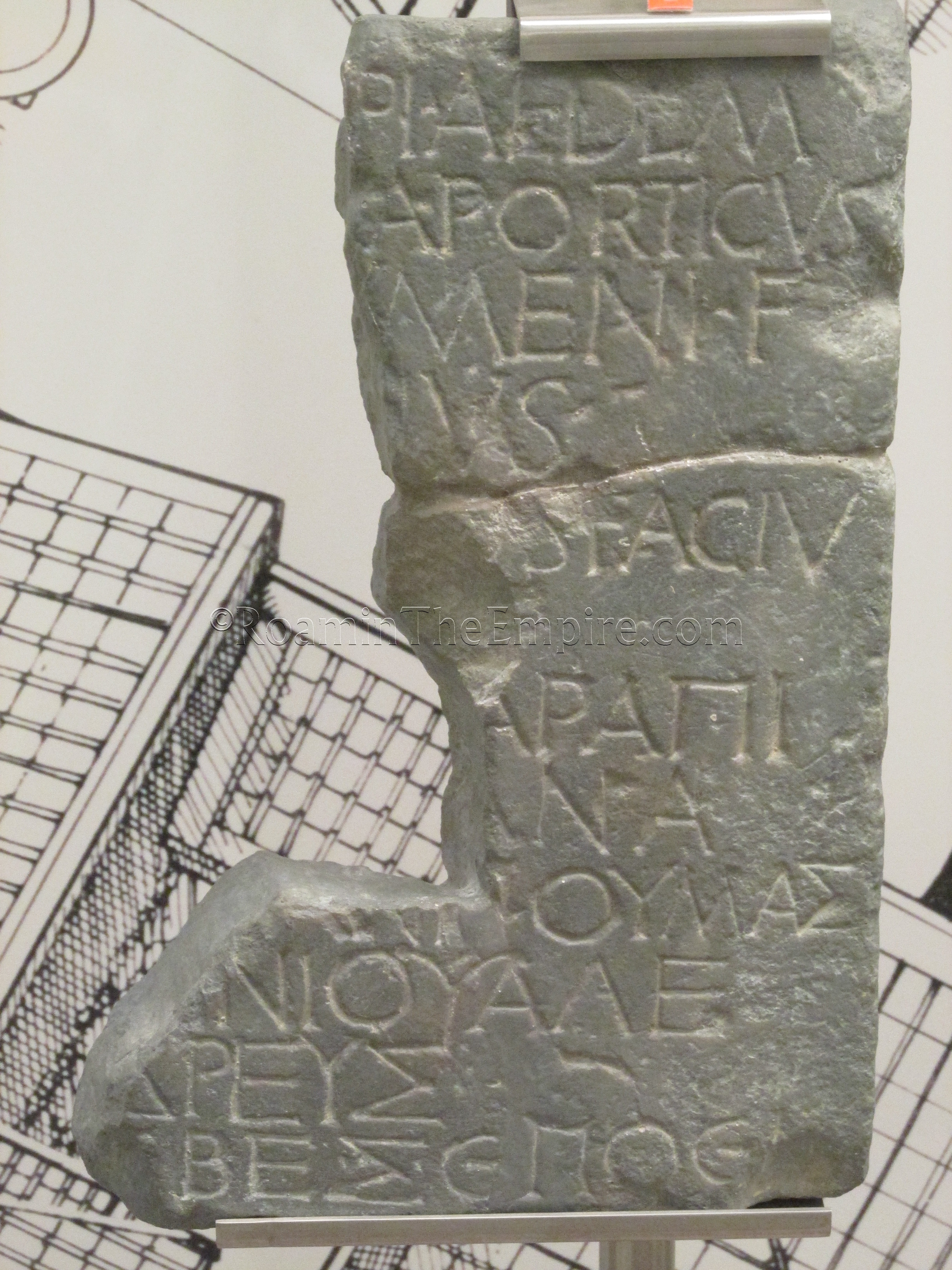
Several fragmentary inscriptions are displayed in the museum from honorary plaques dedicated to local magistrates. A particularly compelling example in the inscriptions, though, is a fragment of a bilingual Greek and Latin inscription from the 1st century BCE that refers to the building of the sanctuary of Serapis by a Noumas of Alexandria.
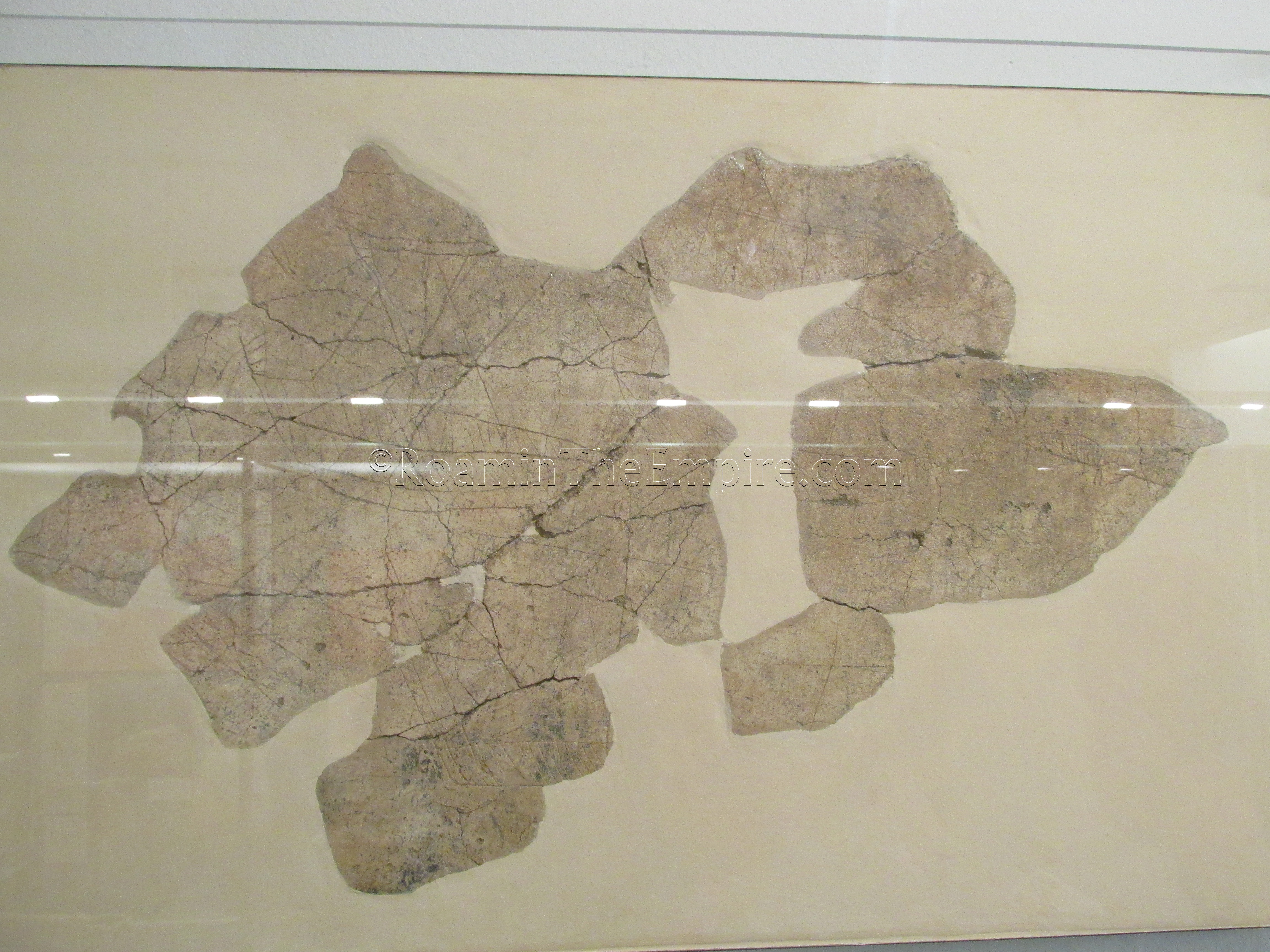
Another rather unique piece in the collection are a series of fragments of incised plaster with depictions of ships taken from a wall of Domus 2, dating to the 1st century CE. Detail pictures below in the gallery.
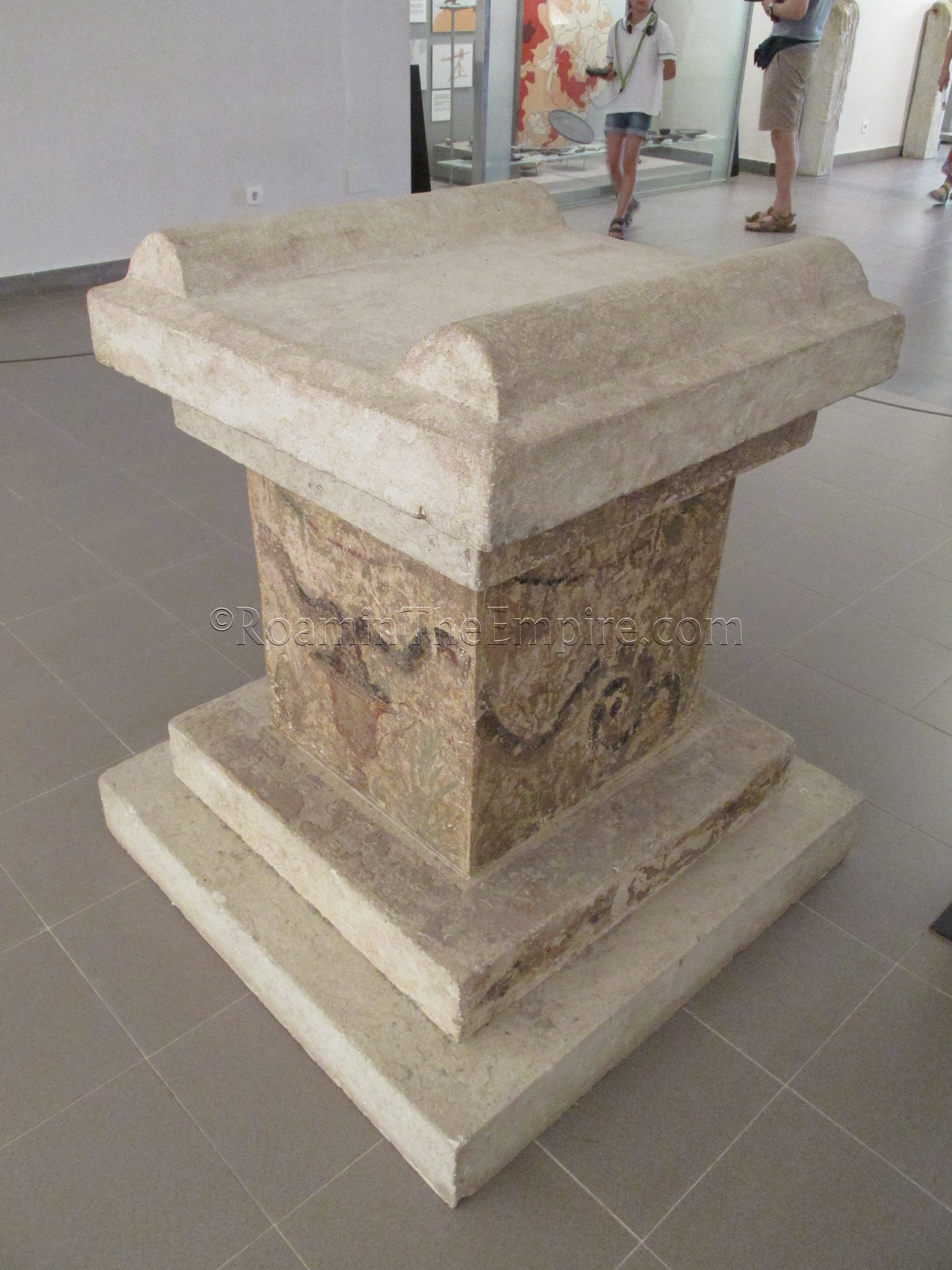
From the peristyle of Domus 2b comes a painted altar. Among the images depicted on the altar are two snakes eating a pineapple out of a crater, with their bodies extending onto adjacent sides of the altar, and that of a rooster. Due to this images, it is surmised that the altar was associated with a domestic cult of Aesclepius.
Sources:
Fabre, Georges, Marc Mayer, and Isabel Rodà. Inscriptions Romaines De Catalogne. Vol. 3, Gérone. Paris: Diffusion De Boccard, 1991.
Museum placards.
See Also:



